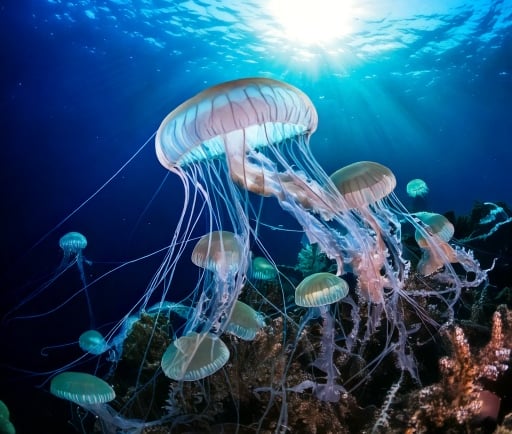The Remarkable Discovery of Henneguya Salminicola: A Parasite Defying Expectations


Introduction to Henneguya salminicola
Recent research has unveiled an astonishing discovery in the realm of parasitology: the Henneguya salminicola. This minuscule organism, resembling a jellyfish, has gained attention for its unique biological characteristics. Notably, it stands out as the first multicellular organism identified that can survive without oxygen, a significant revelation that challenges conventional understanding of life forms.
Understanding its Unique Characteristics
Scientists have long categorized organisms based on their requirements for oxygen to sustain life. Typically, multicellular life forms rely on aerobic respiration, making the discovery of Henneguya salminicola groundbreaking. This parasite is primarily found in the muscle tissue of fish, specifically salmon, and thriving in an anaerobic environment allows it to adapt to its host's biology. The organism's evolutionary strategies highlight the adaptability of life, expanding the boundaries of what is considered possible for multicellular organisms.
Implications of the Discovery
The presence of Henneguya salminicola poses intriguing questions about the origins of life and the diverse survival mechanisms organisms develop. Its ability to thrive without oxygen invites researchers to reconsider environmental adaptations in multicellular organisms. This discovery also emphasizes the need for further exploration of anaerobic ecosystems, particularly in the context of other potential life forms that might exist in anoxic conditions. Scientists speculate that examining Henneguya salminicola could unlock new insights into evolutionary biology and may have implications for our understanding of similar organisms in extreme environments.
Moreover, this remarkable finding encourages a reevaluation of existing ecological and biological theories. As researchers delve deeper into the life cycle and characteristics of Henneguya salminicola, the scientific community anticipates uncovering more about this unique parasite and its impact on the ecosystems it inhabits. Such studies may not only elucidate the complexities of parasitic relationships but also yield lessons applicable to medical and biotechnological advancements.
Conclusion
The discovery of Henneguya salminicola stands as a testament to the wonders of biological diversity. As scientists continue to explore this extraordinary organism, the implications for our understanding of life without oxygen are profound. This parasite not only exemplifies the adaptability of living systems but also invites ongoing research into the mysteries of existence in an ecosystem unbound by traditional biochemical limitations. The exploration of Henneguya salminicola will undoubtedly pave the way for new scientific inquiries and a broader comprehension of life in its many forms.
